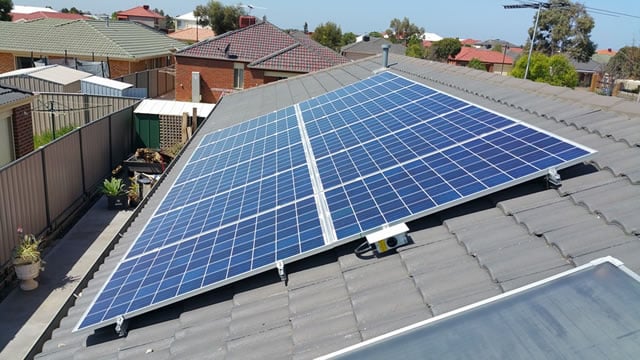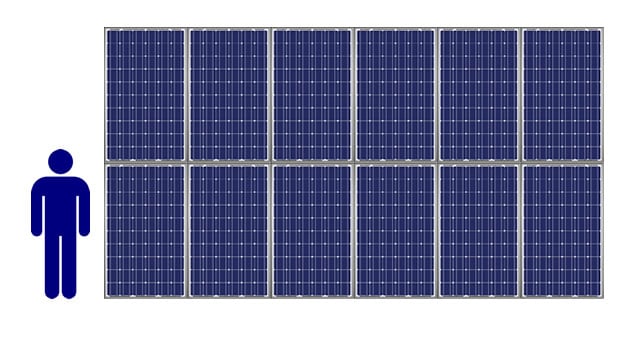Once the crown jewel of residential solar setups, the humble 3kW solar system has seen its popularity wane in recent years. With the plummeting cost of solar panels and the rising energy demands of Australian homes, many people are now going for larger systems, typically 6.6kW or even 10kW. But does that mean 3kW solar is no longer relevant?.

The Cost of a 3kW Solar System
As of January 2024, installing a good 3kW solar system will set you back around $3,500 to $5,000 according to an article on SolarQuotes. While it’s tempting to chase the lowest price tags, often under $3,000, those bargain-basement systems might not offer the reliability and performance you need to make it worth it.
Energy Output and Practicality
A 3kW solar system can produce approximately 12 kWh of electricity each day, enough to cover about two-thirds of the average Australian household’s power needs. However, if your home is a power-hungry beast with ducted air conditioning, a pool pump, and multiple refrigerators, a 3kW system might barely scratch the surface of your energy consumption.
How Many Panels Does It Take?
Back in the day, a 3kW system required around 12 panels, each rated at 250W, taking up about 20 square meters of roof space. Today, thanks to advancements in solar technology, you’ll only need about 7 panels with a higher wattage of around 415W, greatly reducing the required roof space to approximately 11 square meters.

Financial Savings
Savings from a 3kW solar system will largely depend on when and how you use the electricity it generates:
- Maximized Self-Consumption: If you manage to use all the solar power during the day, you save about 30 cents per kWh, translating to savings of approximately $1,300 in the first year and about $26,000 over 20 years.
- Balanced Use and Export: Realistically, many households end up using half of the solar power and exporting the rest. In this scenario, you could save around $830 in the first year and about $16,600 over 20 years.
- High Export, Low Self-Consumption: If most of your solar power gets exported back to the grid, earning around 8 cents per kWh, your savings drop to about $350 in the first year and around $7,000 over 20 years.
Clearly, using more of your solar power at home rather than exporting it maximizes your financial benefits. It’s crucial to get a professional assessment to understand your specific usage patterns and potential savings.
The Payback Period
If you’re able to consume all the solar energy you generate, a 3kW system can pay for itself in under three years, assuming an electricity cost of 30 cents per kWh. As the proportion of exported energy increases, so does the payback period. However, many find that their monthly savings from solar start exceeding their system financing costs right from the get-go.
Despite the trend towards larger systems, a 3kW solar setup can still make sense for smaller homes or those with limited roof space. It’s all about understanding your energy needs and consumption patterns. Solar technology continues to advance, making it a viable and attractive investment.
If you’re curious about what a solar setup could do for your home, now is the perfect time to get quotes from reputable local installers. With the right information and a bit of planning, you can make a smart, green investment that pays off for years to come.
Article information source: SolarQuotes - 3kW Solar System
